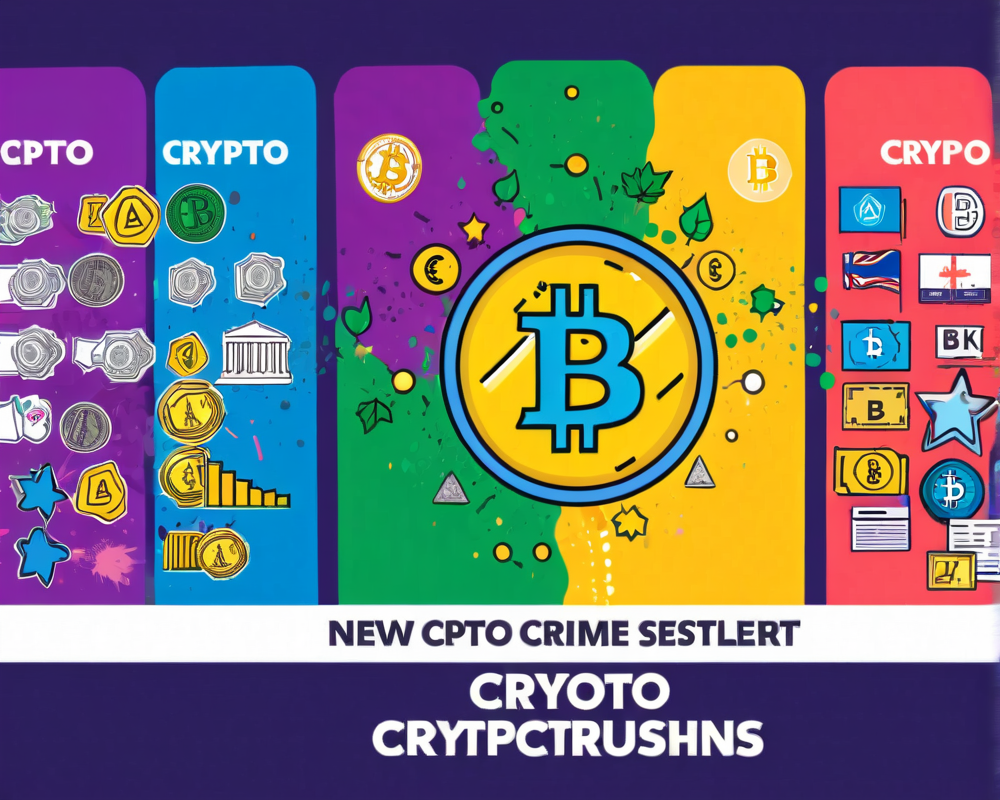What Are Address Poisoning Attacks?
Address poisoning attacks are nasty tricks that cybercriminals use to reroute your transactions or get their grubby hands on your sensitive data. They exploit vulnerabilities in network protocols by inserting bogus data, wreaking havoc on the integrity of your data and the safety of your network. Think of it as someone sneaking into your bakery and swapping your delicious cupcakes with stale muffins!
Address Poisoning in the Crypto Sphere
In the glamorous world of cryptocurrency, address poisoning attacks take on a special shade of digital deceit. Here, attackers bend the rules by manipulating cryptocurrency addresses, which are those zany alphanumeric strings that send your coins zipping across the blockchain. Their goal? To pilfer your precious digital assets or grind the smooth operations of networks to a halt!
Common Tactics Used
- Theft: Phishing schemes, malware, and address manipulation techniques can trick users into sending funds to a malicious address. It’s like being lured by a fake pizza menu on your fridge!
- Disruption: Introduced congestion in networks can emerge from well-to-do attackers who want to rain on everyone’s crypto parade.
- Deception: Scammers impersonate trustworthy figures to sow doubt and confusion among users.
Types of Address Poisoning Attacks
Address poisoning doesn’t come in just one flavor; it has a full ice cream parlor of variations:
- Phishing Attacks: Crafty criminals lure you to phony sites to grab your login credentials—think ‘fool’s gold’!
- Transaction Interception: This is where your funds mysteriously take a detour. It’s like giving a lift to a stranger who turns out to be a time thief!
- Address Reuse Exploitation: Using the same address repeatedly can make you a target. It’s like wearing the same outfit to every party—you’ll get recognized!
- Sybil Attacks: Creating numerous fake identities can yield disproportionate control over a network, like turning into an undercover superhero with multiple alter egos.
- Fake QR Codes: Attackers set up fake QR codes that look enticing but send your funds right to their pockets—talk about a bait-and-switch.
- Address Spoofing: If it looks like a duck and quacks like a duck, it’s probably a fake address designed to ensnare unwary users.
- Smart Contract Vulnerabilities: Bugs in decentralized apps can lead to full-blown address poisoning incidents.
Consequences of Address Poisoning Attacks
Address poisoning can rain misery down on both the individual user and the blockchain ecosystem. When attackers misroute funds or swipe your hard-earned assets, it’s not just financial loss; they might also besmirch the trust users hold in cryptocurrencies. Trust, folks, is key! Add in the potential delays and network chaos, and you have yourself a recipe for disaster.
How to Safeguard Against Address Poisoning Attacks
No one wants to be the victim of a slick digital knock-off! Here are some strategies to protect your crypto assets:
- Fresh Addresses: Generate new wallet addresses for each transaction to keep your transactions fresh and unpredictable.
- Hardware Wallets: Locking your private keys in hardware wallets is like keeping your valuables in a high-security vault.
- Reputable Wallets: Choose wallet providers known for their security—don’t just pick the first one you see in a pop-up ad!
- Regular Updates: Keep your wallet software fresh; outdated software is just asking for trouble.
- Whitelisting: Set up a whitelist for transactions to only allow reputed addresses to connect with yours.
- Consider Multisig Wallets: They require multiple approvals for a transaction—like a committee that is impossible to please!
- Use Blockchain Analysis Tools: Detect dodgy behavior by keeping an eye on your incoming transactions.
- Report Suspected Attacks: If you sense foul play, report it immediately. Think of it as calling the cavalry before the situation gets worse.




